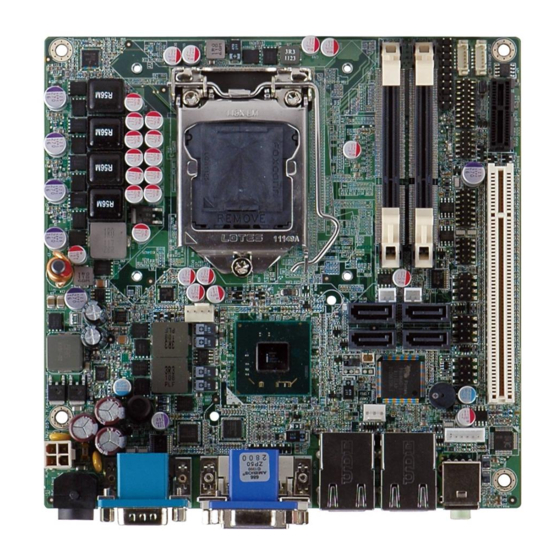
IEI Technology KINO-DH610 Manuals
Manuals and User Guides for IEI Technology KINO-DH610. We have 1 IEI Technology KINO-DH610 manual available for free PDF download: User Manual
IEI Technology KINO-DH610 User Manual (162 pages)
Mini-ITX SBC Supports LGA1155 for Intel Core i3/ Pentium/Celeron CPU, DDR3, VGA/DVI-D/HDMI, Dual PCIe GbE, Ten USB 2.0, Four SATA 3Gb/s, HD Audio and RoHS
Brand: IEI Technology
|
Category: Motherboard
|
Size: 8 MB
Table of Contents
Advertisement
Advertisement
Related Products
- IEI Technology KINO-DH810
- IEI Technology KINO-DH110
- IEI Technology KINO-DQM871
- IEI Technology KINO-DBT Series
- IEI Technology KINO-DCM236
- IEI Technology KINO-DQM170-I7-R11
- IEI Technology KINO-DQM170-I5-R11
- IEI Technology KINO-DQM170-i5-R10
- IEI Technology KINO-DQM170-CE-R10
- IEI Technology KINO-DQM170-i7-R10
